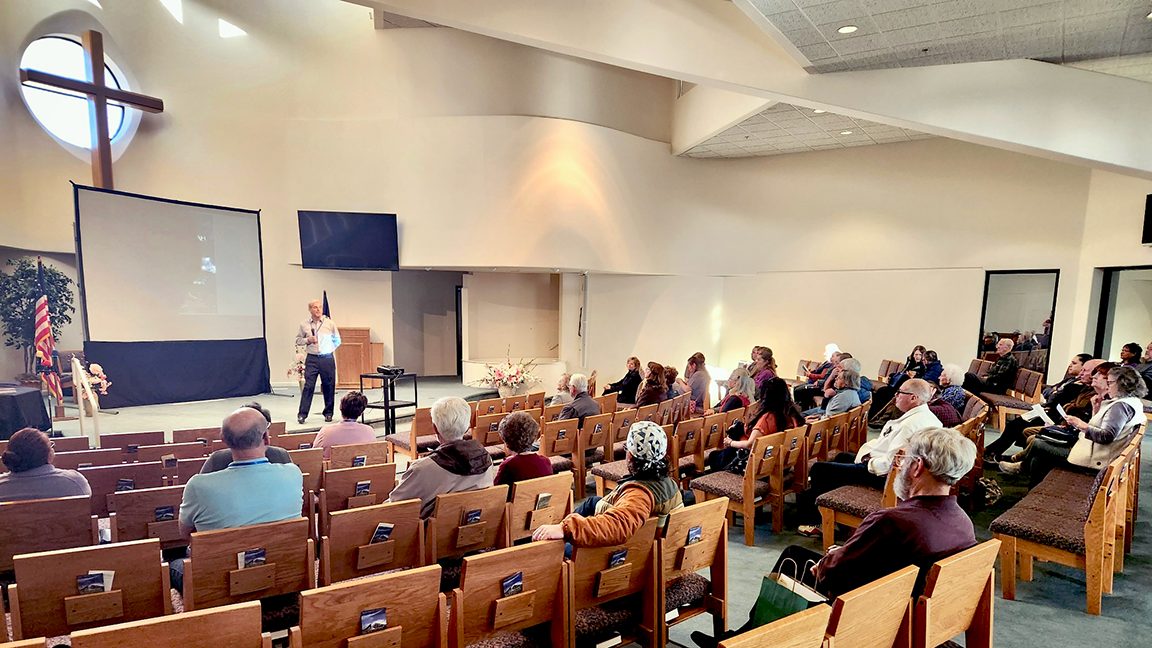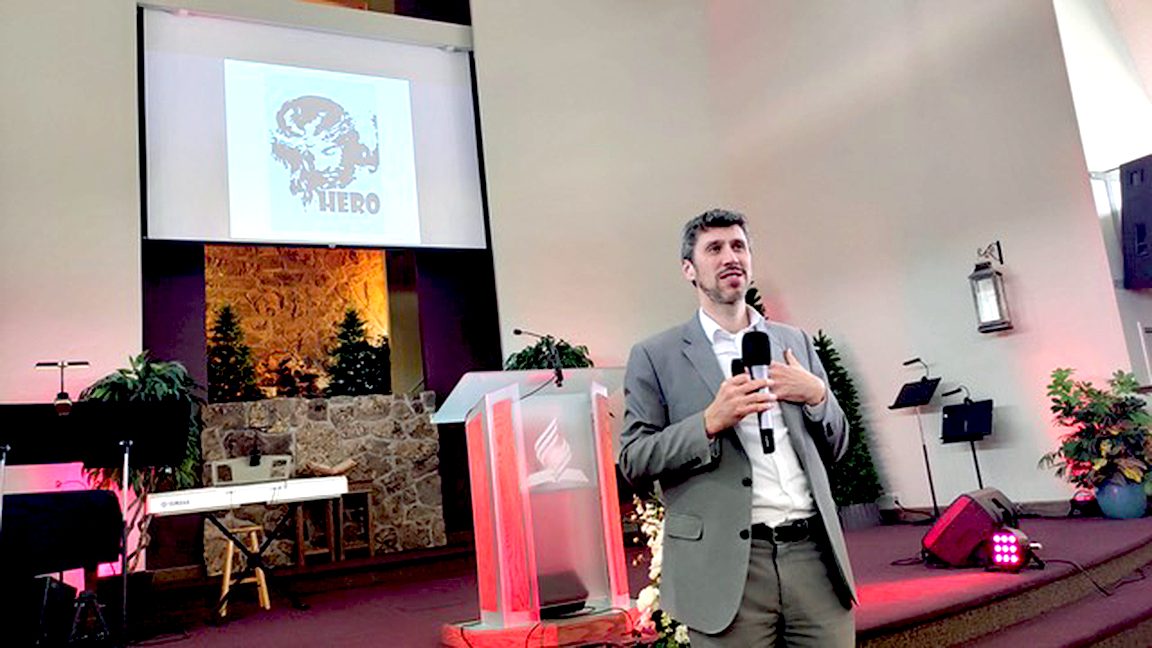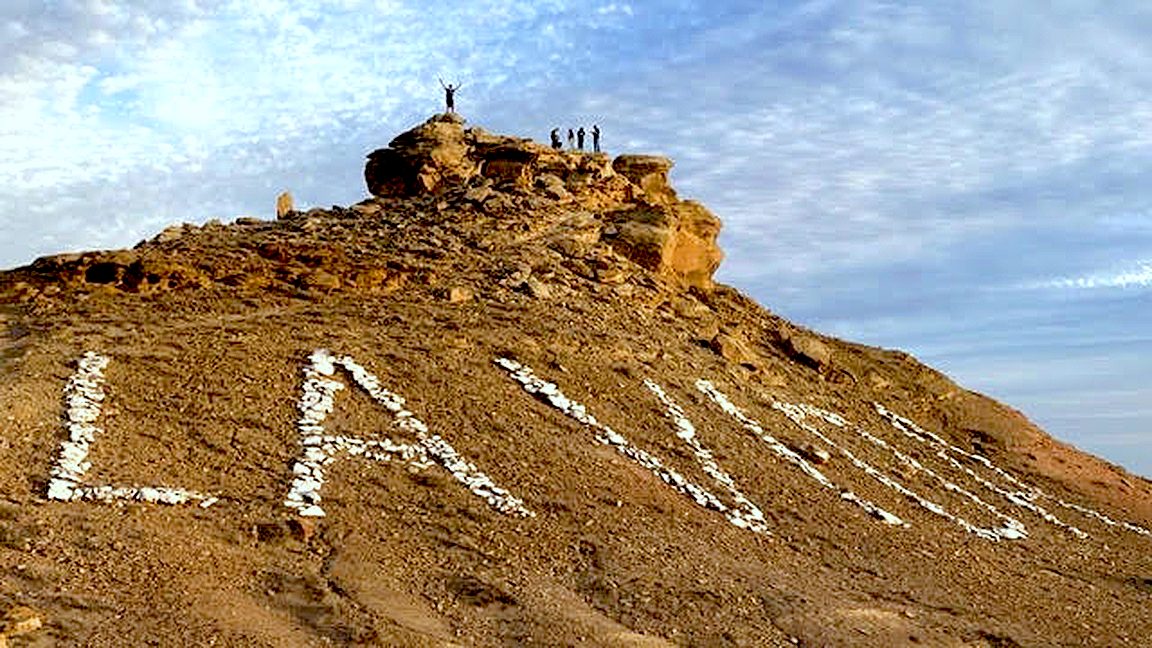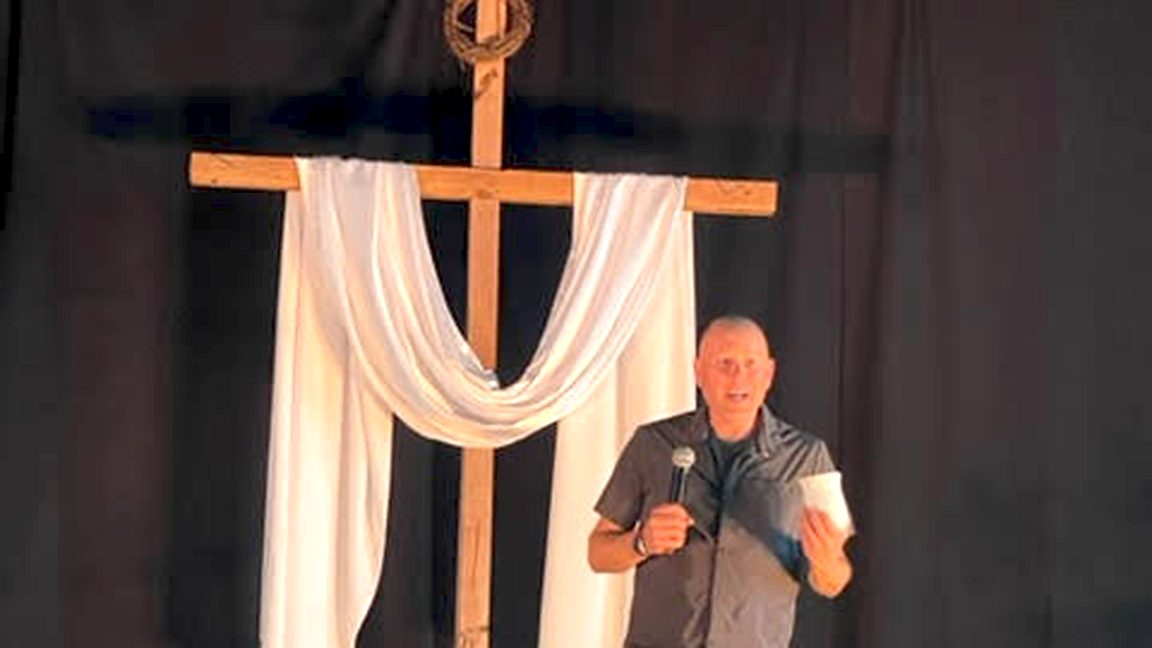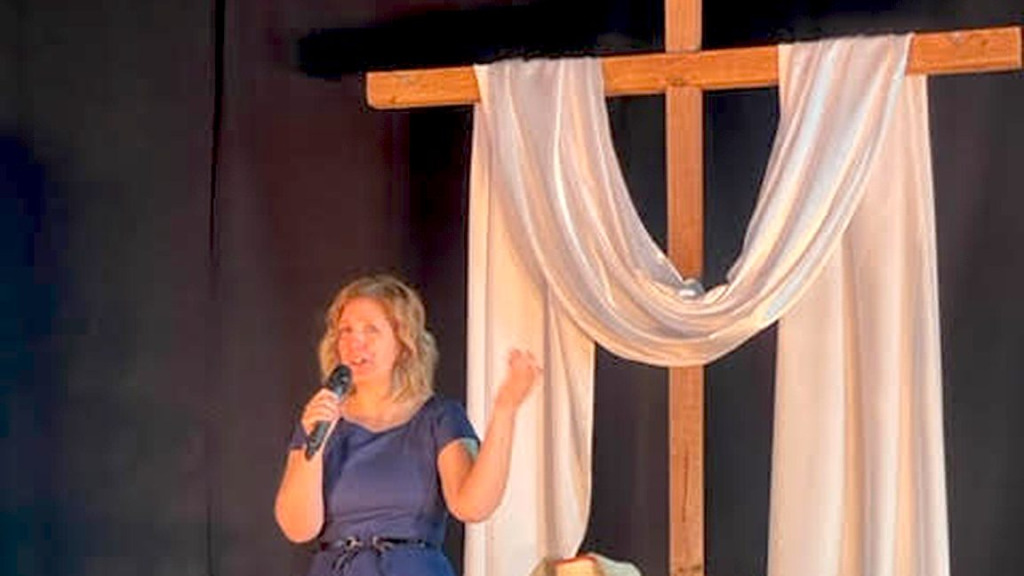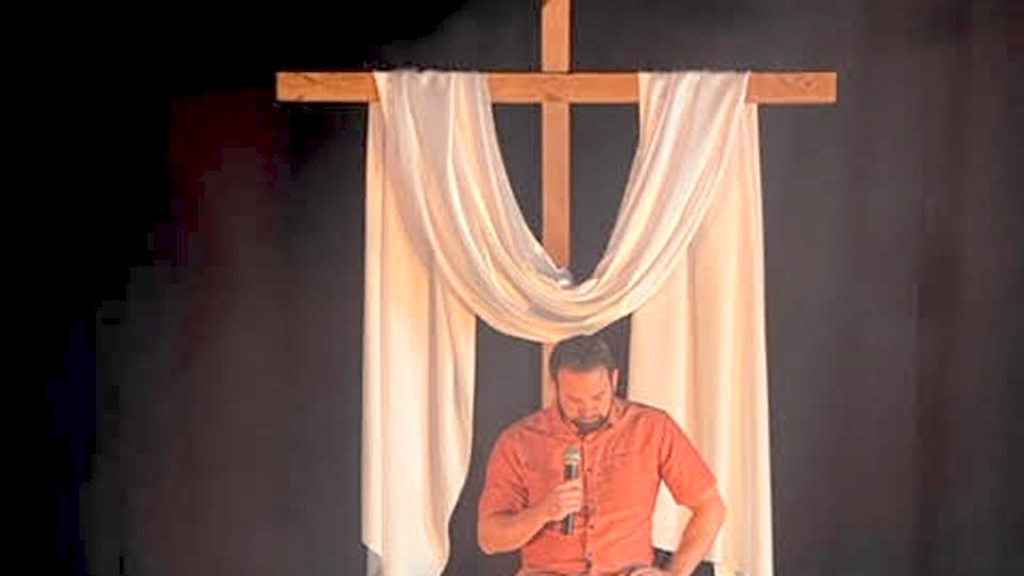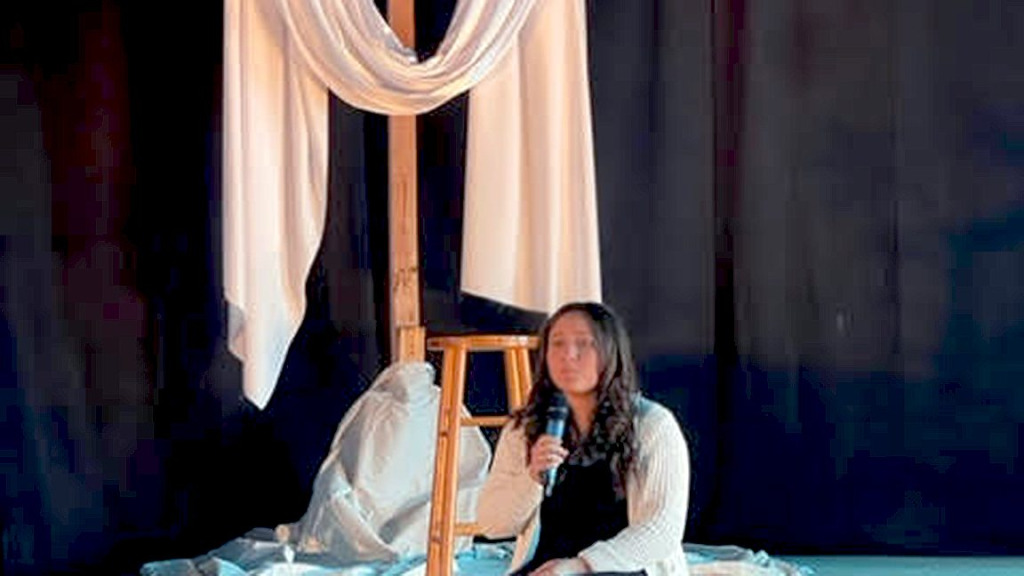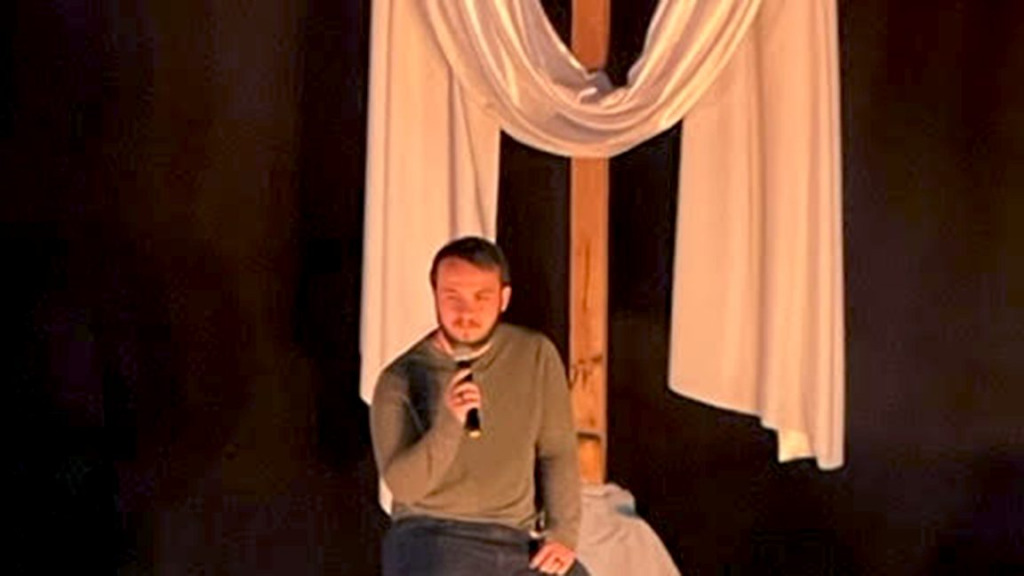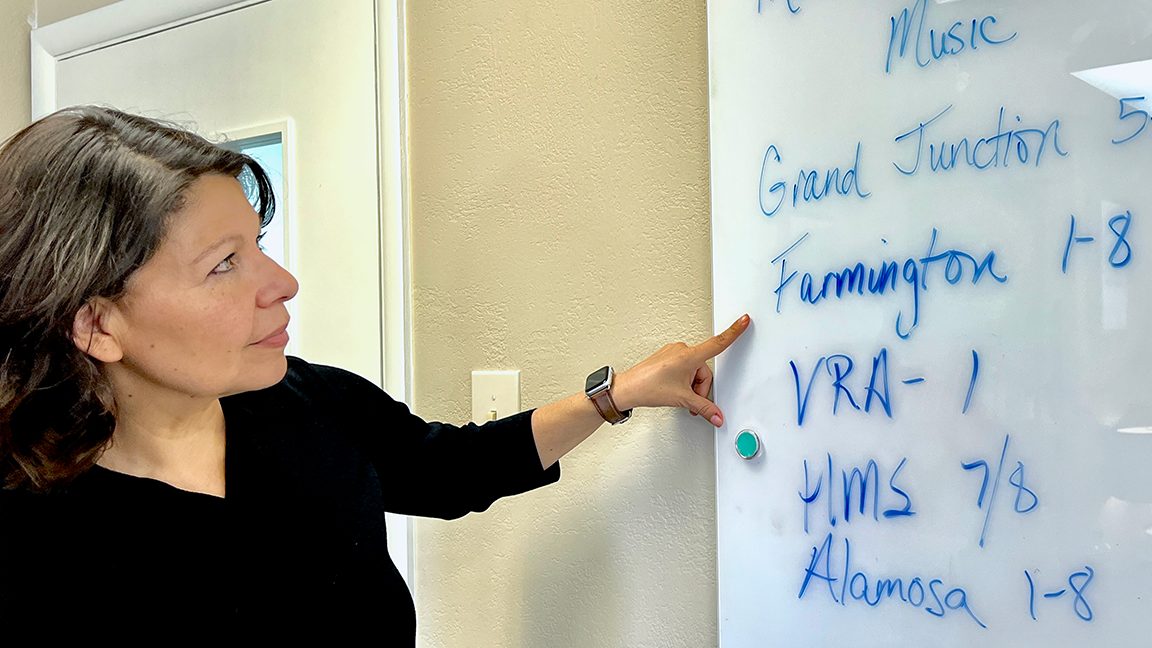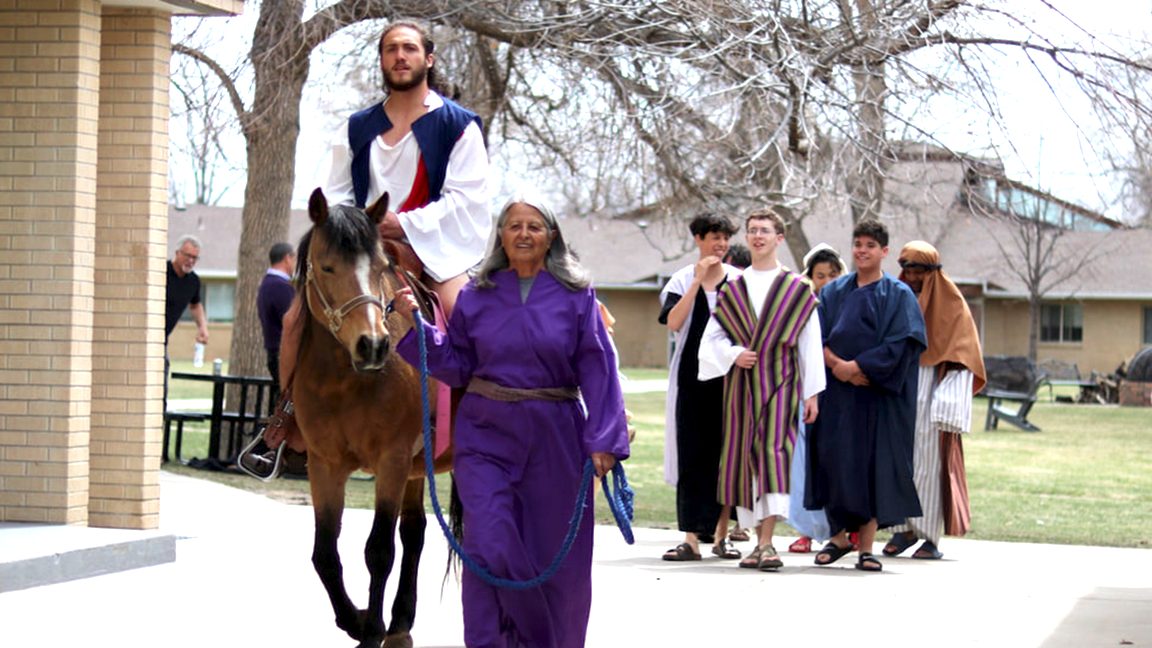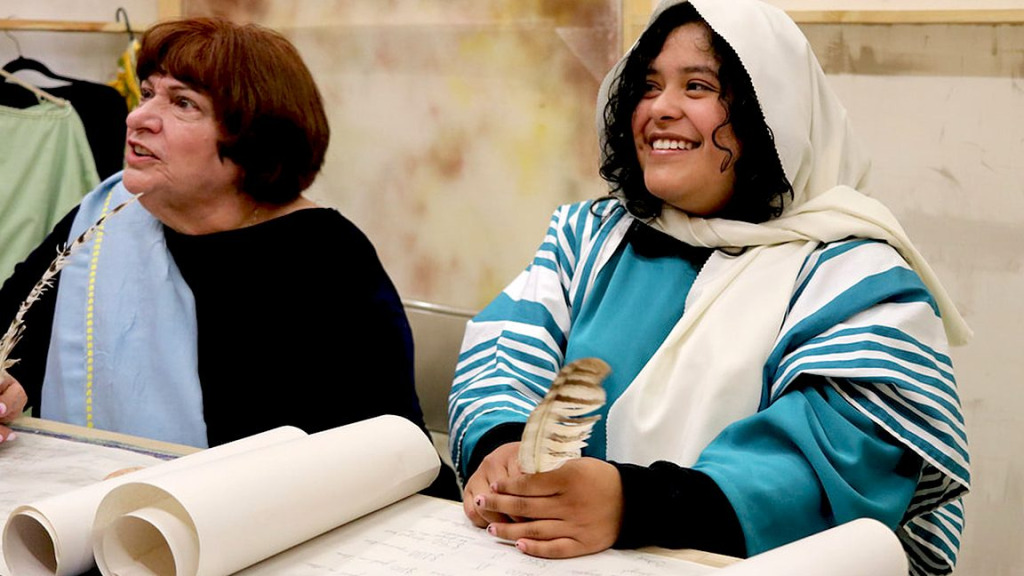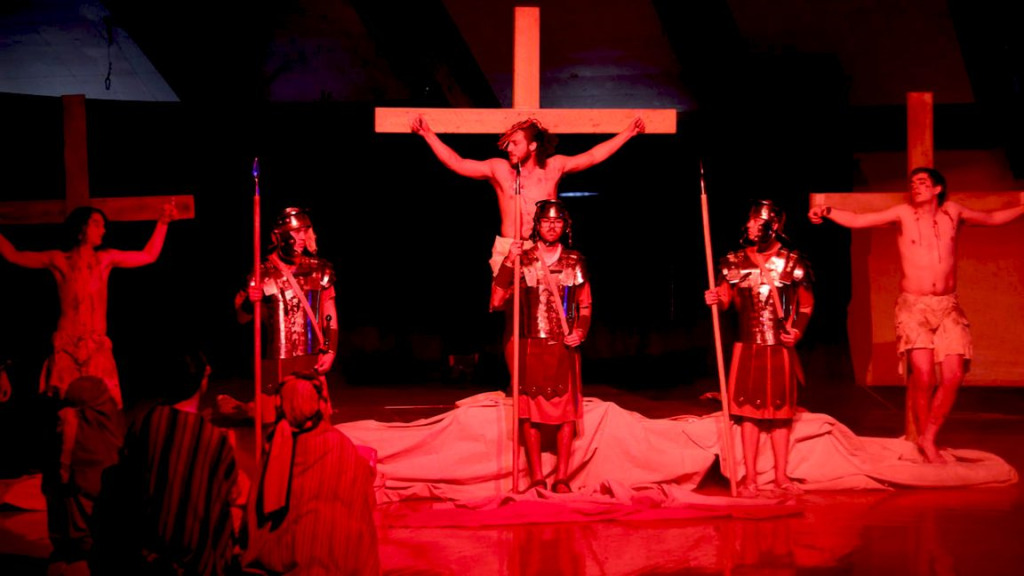I remember the first time I ever saw a movie in the movie theater—as well as the lecture I received from my mother as a result. I was 10 or 11 years old and had a sleepover at one of my neighbors’ houses on a Saturday night. When they announced that the plans for the evening consisted of going to a movie, I gulped.
I had been taught from very early on that going to a movie at the theater was wrong and perhaps even sinful—that somehow, some way, the same movie you’d watch in your house was more evil and less holy if you watched it in a theater. I knew that didn’t quite make sense, but being a pretty obedient young boy who didn’t like to get in trouble, I’d carefully followed that line of thinking, despite the fact that my older siblings had been less compliant.
Nevertheless, my opportunity finally came, and I was unwilling to be a difficult guest. So I went and felt an overwhelming sense of guilt the whole time I sat in that dark theater—a guilt which was only exacerbated when I returned home the next day. My mother had somehow learned of my great sin and took me privately into her room, where she expressed great sadness and disappointment about my decision.
For the record, my mother is a very kind, gracious, and Jesus-loving person who, I believe, was just doing the best she knew how. And also, for the record, I’m not even necessarily trying to address whether going to a movie theater is right or wrong. I respect everyone’s personal convictions on that.
What I’m speaking more to, and what strikes me as interesting, is how Seventh-day Adventists have, historically, had a bit of a complicated relationship with the wider culture. We don’t know exactly how to relate to it.
There are many people who have a very adversarial stance toward it. Everything the “world” produces is evil and must be resisted and avoided. Popular culture—movies, music, television, even social media—is a prime tool of the devil to draw people away from God and His truth.
There are plenty of other Adventists, of course, who take the opposite approach. Culture is something to be celebrated and embraced. Not only should we fully imbibe our surrounding culture, but we should be active participants in it and even positively contribute to it. At the same time, whether one has explicit Christian goals when engaging and participating in culture, is somewhat irrelevant under this model.
Somewhere in between is perhaps the biggest group of Adventists. There is an underlying ambivalence and perhaps even cognitive dissonance when it comes to culture. There’s some participation and consumption of the surrounding culture, but not a full embracing of it. It’s like my upbringing where we wouldn’t watch movies in the theater but would watch those same movies in our home. We aren’t quite sure how to relate to culture—on the one hand, we enjoy it, but on the other hand, we’re also a little nervous about it.
What’s more, with this stance, if we do participate in the surrounding culture, we only do so with explicitly Christian goals. The music we create, the services we provide, ever have in mind some larger evangelistic goal. We would have a hard time writing a song, for example, that didn’t have explicitly Christian lyrics. Or we couldn’t imagine serving a marginalized population without making sure we provided them with plenty of Christian literature.
Simply put, to whatever degree we do step into our surrounding culture under such a model, we want to clearly communicate we’re doing so because of Christ, and with an eye toward inviting them into a commitment to Christ.
So, what are we to make of all this—and how should we relate to and either participate in or avoid our surrounding culture?
Christ and Culture
Seventy years ago, H. Richard Niebuhr, who was one of the twentieth century’s most influential theologians, wrote a seminal work entitled Christ and Culture. The book addressed the topic we’re presently discussing and largely set the parameters within for discussion over the next many decades among Christians.
Niebuhr proposed that there were essentially five different models of how Christ—and, by extension, Christ’s followers—relates to culture. Those five models, to some degree, map very well on to the three categories I outlined above. The first model is Christ against culture, where “the world” is so corrupt and irredeemable that one must avoid it altogether, living in complete isolation from and ignorance of the culture. The second is the Christ of culture, where there’s very little distinction between the values of “the world” and the values of Christ, encouraging the Christian to fully participate in it.
The last three have significant overlap and represent the sort of “middle road” that has been characteristic of much of Christian history—the Christ above culture model, the Christ and culture in paradox model, and Christ the transformer of culture model. These three approaches, to various degrees, basically propose that one shouldn’t wholly avoid culture, recognizing there are important reasons to participate in it, while keeping one’s Christian commitments and priorities firmly intact while doing so.
For Niebuhr’s part, he never fully revealed which model he preferred or embraced, though many have noted that he seemed most sympathetic to the last view—that the Christian should choose to participate in the culture for the purpose of ultimately trying to transform it for Christ’s purposes and glory.
Perhaps not surprisingly, I think the first model is very problematic—the idea that Christ is against culture. As Niebuhr points out, seeing “the world” as purely evil fails to account for the fact that we are all evil—even us Christians. Trying to therefore escape from culture does not at all remove us from the influences of evil because evil resides in all our hearts. And, unfortunately, and ironically, sometimes that evil is even more pronounced—and hidden—in separatist religious groups, where it can exist under the cloak of darkness and remain unchallenged. At the same time, completely separating from “the world” makes it really difficult to reach, much less love, the people of “the world,” which Christ clearly calls us to do.
And yet the Christ of culture approach also seems to inadequately account for the ways in which “the world” does have its challenges and limitations. Not everything created in the name of culture is praiseworthy. Similarly, we do have a God who, while embodying Himself in this world in the Person of Jesus, does stand outside this world and points beyond it. Indeed, we do live with an eye toward a “new earth” that we want to tell people about—a new earth that more fully aligns with God’s heartbeat than the present one does.
At the same time, I don’t think we should be myopically focused on trying to “convert” the world, only participating in it if we can be annoyingly explicit about our evangelistic agenda. Serving and blessing and benefiting others, whether they know we’re doing it because of Jesus or not, is worth doing no matter what.
This doesn’t at all mean we should bury the gospel component; we should ever want to be open about our faith in Christ and how He has been our only true source of hope. But we don’t merely focus on proselytizing others in our cultural engagement, and we recognize how the full range of human experiences and emotions reflect God, whether we ever mention Him or not.
On the other hand, we also recognize, as those who believe Christ will return before the whole world gets fully transformed, that cultural transformation will ever be an unfinished task this side of heaven. At best, we can be, as N. T. Wright likes to put it, “signposts” of what the new heavens and new earth will look like, but never its full realization. So, we seek cultural transformation with the understanding that it will ultimately be incomplete.
Christians have traditionally said, playing off Christ’s words in John 17, that we should be in, but not of, the world. I’m not sure if this is or isn’t a good way of explaining it, but I think I prefer another way I’ve heard it articulated: following the lead of Christ, who loved the world so much that He stepped into it and gave His life for it, we should be in and for the world.
In so doing, we don’t run away from culture, but we also recognize the ways it can be used to ultimately undermine the world’s well-being. We recognize the ways we’re all evil, and yet we recognize the ways the Spirit is working on every heart, since, in the words of Paul, the Spirit is not far from each one of us (Acts 17:27).
So, yes, let’s listen to the ways the Spirit is working on everyone’s heart—through the culture they create—and ultimately point to God’s other-worldly love through the culture we create.
Shawn Brace is a pastor in Bangor, Maine, whose life, ministry, and writing focus on incarnational expressions of faith. The author of four books and a columnist for Adventist Review, he is also a DPhil student at the University of Oxford, focusing on nineteenth-century American Christianity. You can follow him on Instagram and Twitter @shawnbrace, and sign up for his weekly newsletter at: shawnbrace.substack.com

